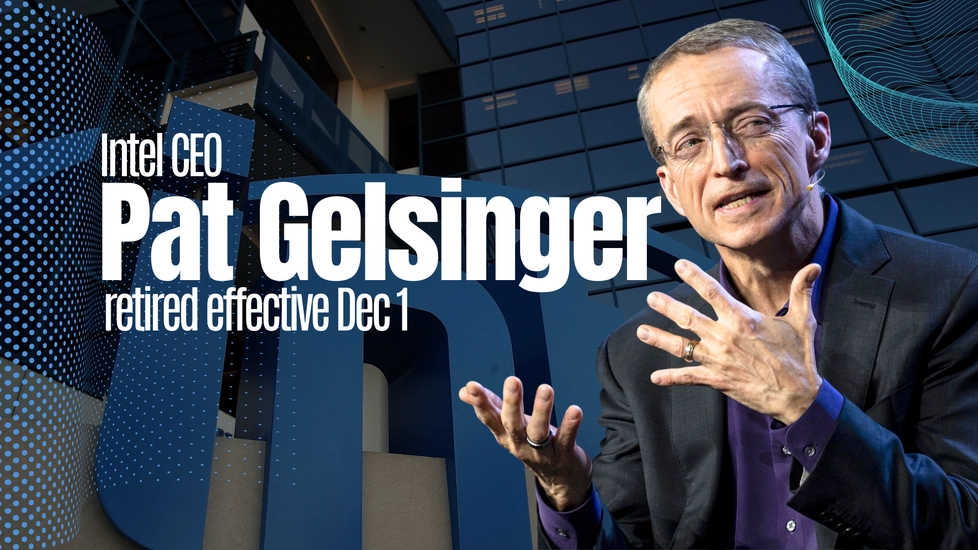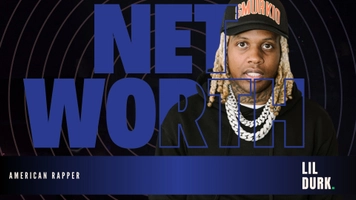Intel CEO Pat Gelsinger Steps Down After Struggling With Production Delays And Competition
Intel has announced that CEO Pat Gelsinger will step down after a challenging tenure marked by production delays, competition from rivals like AMD and Nvidia, and leadership struggles.
Published Dec 3, 2024

Table of Contents
- The Challenges Faced by Pat Gelsinger
- What Led to Gelsinger’s Departure?
- Pat Gelsinger’s Legacy at Intel
Intel Corporation has announced that CEO Pat Gelsinger will step down after a challenging tenure. Many had hoped he could revitalize the company, but he faced intense competition from AMD and Nvidia, as well as delays in new chip manufacturing technologies.
This unexpected announcement marks a significant shift for Intel, a longtime leader in the semiconductor market. We look at Gelsinger’s time as CEO, the reasons for his departure, and potential implications for Intel's future.
The Challenges Faced by Pat Gelsinger
Pat Gelsinger became CEO of Intel in 2021, hoping to help the company regain its leadership in the semiconductor industry. As a former Intel executive, Gelsinger was hired to turn the company around, especially since Intel was falling behind its competitors in making smaller, faster, and more efficient chips.
Under Gelsinger’s leadership, Intel started a plan to regain its manufacturing leadership by producing advanced chips. However, his time at Intel faced several
challenges that eventually led to his departure.
- Delayed Chip Production: Intel has had serious problems with delays in making new semiconductor technology. Unlike TSMC and Samsung, which have successfully created smaller and more efficient chips, Intel has struggled to keep up. This issue is especially evident with their 7nm and 5nm chip processes.
- Competition from AMD and Nvidia: AMD is a strong competitor to Intel. It has gained market share in both CPUs and GPUs with its Ryzen and EPYC processors. Nvidia continues to lead in the GPU market. Despite efforts from Gelsinger, Intel has struggled to respond effectively. Both AMD and Nvidia are consistently outperforming Intel in performance and innovation.
- Leadership Struggles: Gelsinger has been working to restructure Intel and promote faster innovation. However, this has led to some internal challenges. Reports indicate there is tension among the executive team and dissatisfaction among employees. Despite his efforts to make Intel a leader in chip design and manufacturing, the company continues to face setbacks.

What Led to Gelsinger’s Departure?
Intel has not shared specific reasons for Gelsinger’s departure. However, analysts think it was due to a mix of poor performance, strategy mistakes, and internal conflicts. Even though Gelsinger tried to make Intel a leader in semiconductor manufacturing, the company fell behind more flexible competitors.
Intel stock initially rose about 5% after the news but then changed direction. In the afternoon, shares fell by as much as 2.5% after Wall Street analysts issued negative reports, keeping their Hold ratings on the stock. By the end of the day, the stock closed down by half a percentage point.
In the end, the board decided to let Gelsinger go to explore a new strategy. They believed that a new leadership team could speed up Intel's shift to next-generation chip production and boost its competitiveness in the semiconductor market.
Pat Gelsinger’s Legacy at Intel
Gelsinger’s time at Intel is often seen as a period of missed chances and challenges, but he had a significant impact. He worked to make Intel a leader in chip
design and manufacturing by pushing for more investments in production facilities and research.
He also aimed to enter the foundry business, which involves making chips for other companies. However, strong competition from TSMC and Samsung made this goal harder to reach.
Gelsinger’s focus on technical and engineering aspects changed Intel’s usual corporate management style. His drive for a more aggressive growth strategy, especially in manufacturing, received mixed feedback and showed the difficulties Intel faces in a fast-changing tech world.
Also Read:
- Elon Musk’s $56 Billion Pay Package Overturned Again By Delaware Judge
- Kendrick Lamar Ties Drake’s Record With Historic Top 5 Takeover On Billboard Hot 100
- Kendrick Lamar's 'Not Like Us' Stormed Back to The Top of The Billboard Hot 100
Write a comment
Comments
No Comments Yet
Trending

Vivian Jenna Wilson on Life as Elon Musk’s Estranged Daughter and Defending Trans Rights
Amanda Lee Swanson
• Apr 16, 2025

Amidst US-Canada Trade War, Toronto Excludes Tesla From EV Incentives
Amanda Lee Swanson
• Mar 18, 2025









